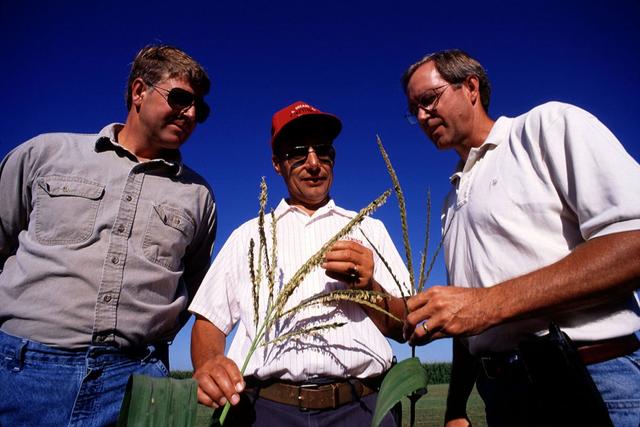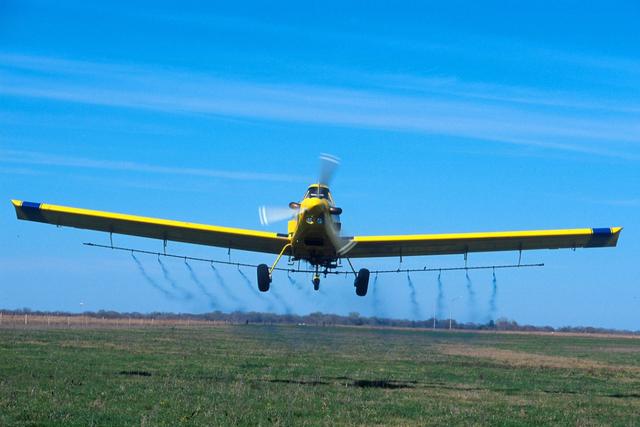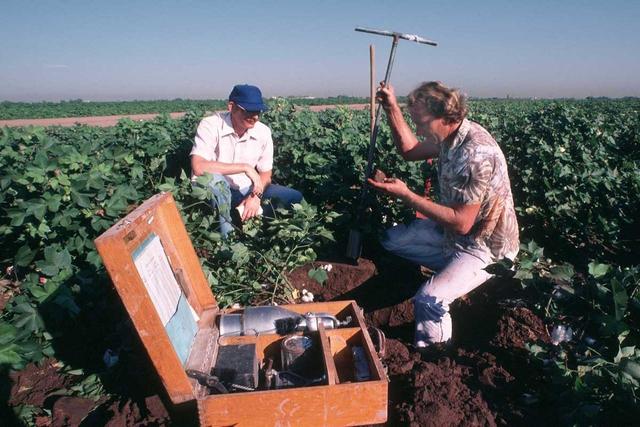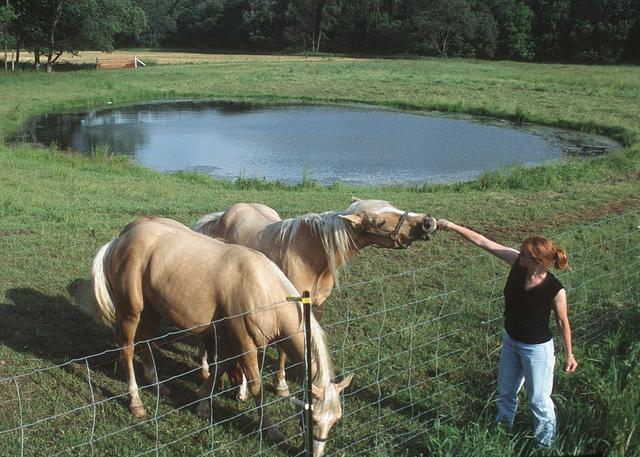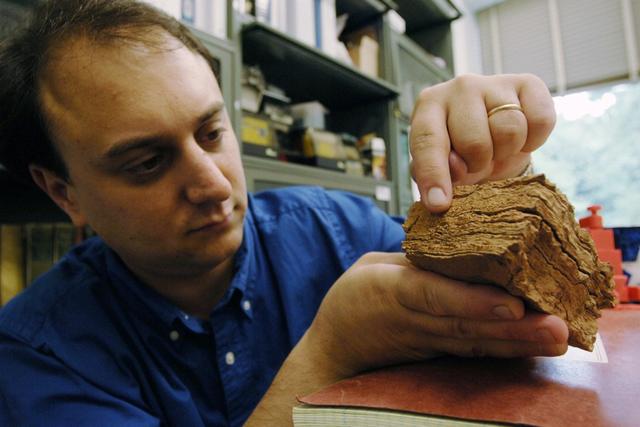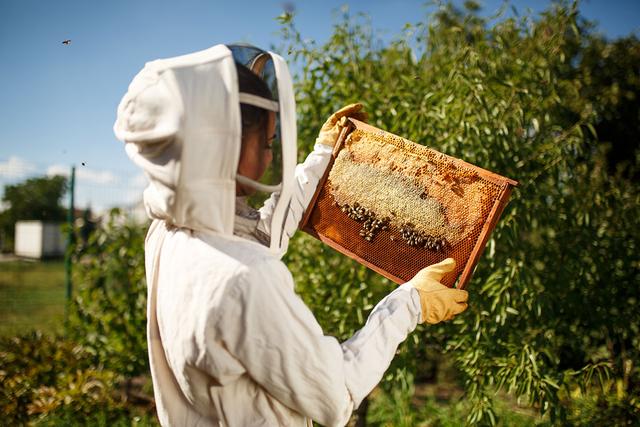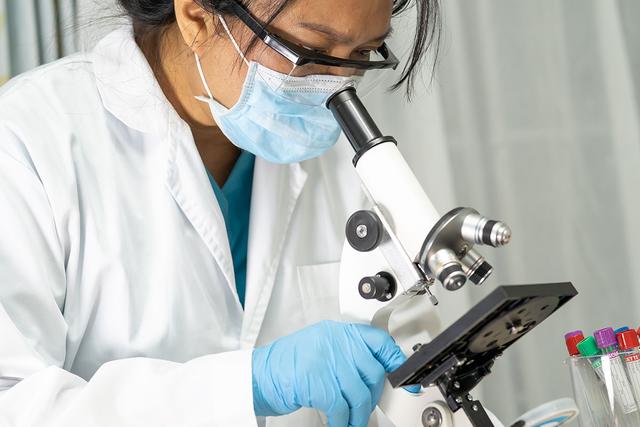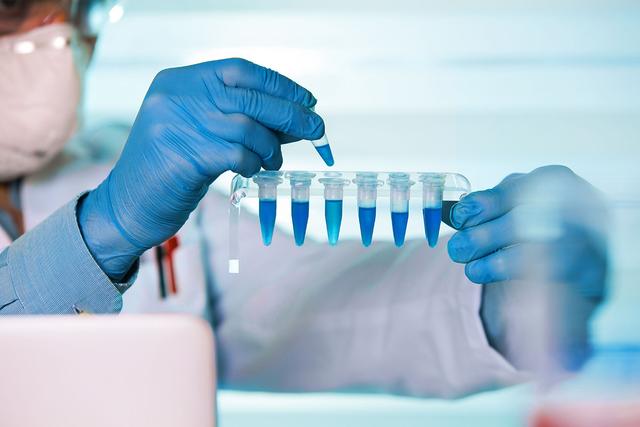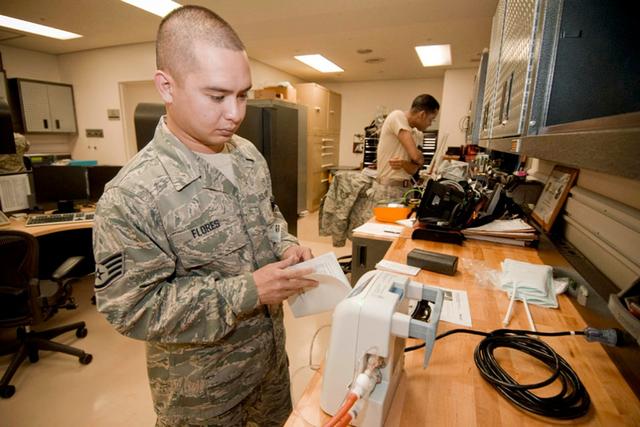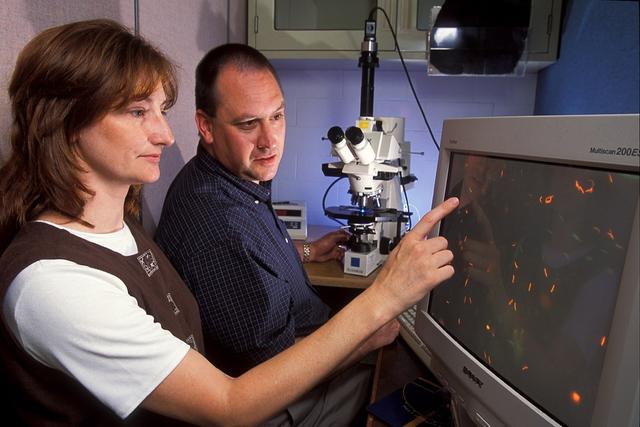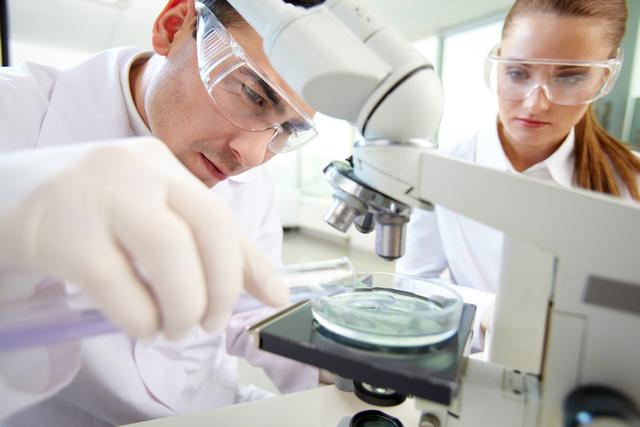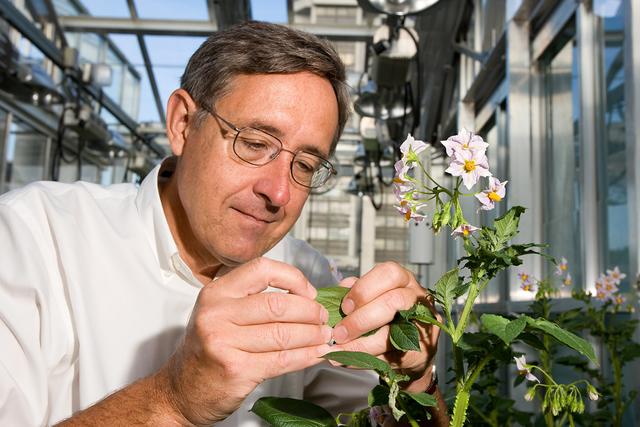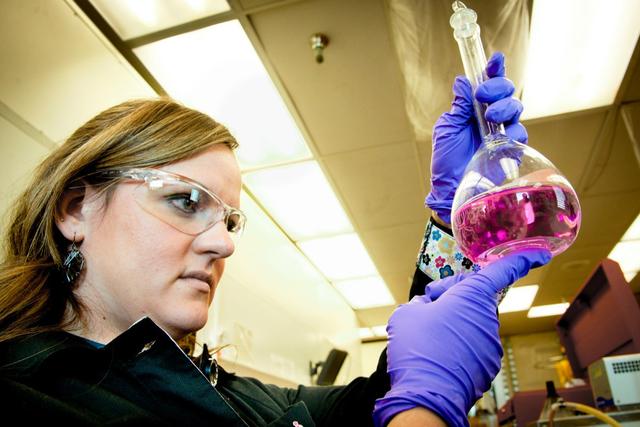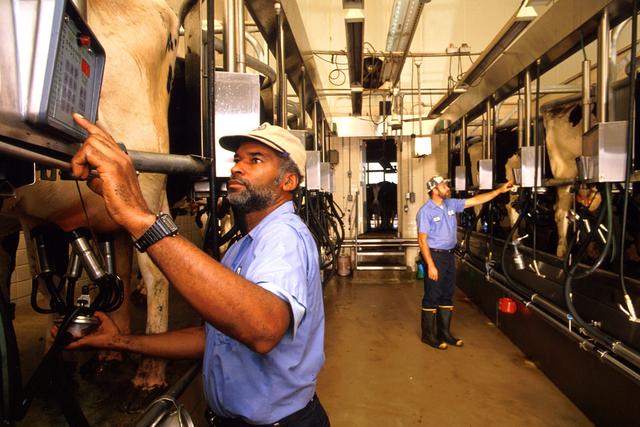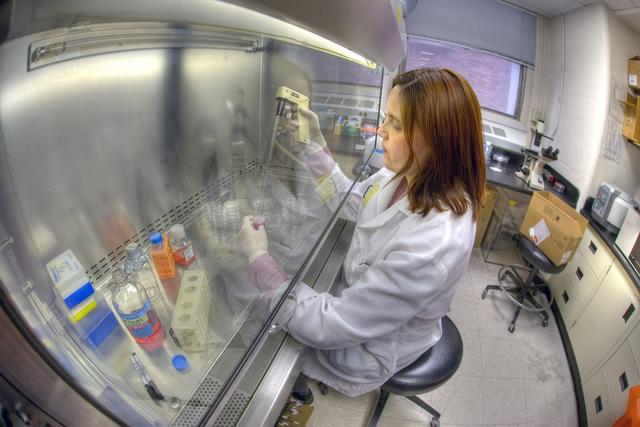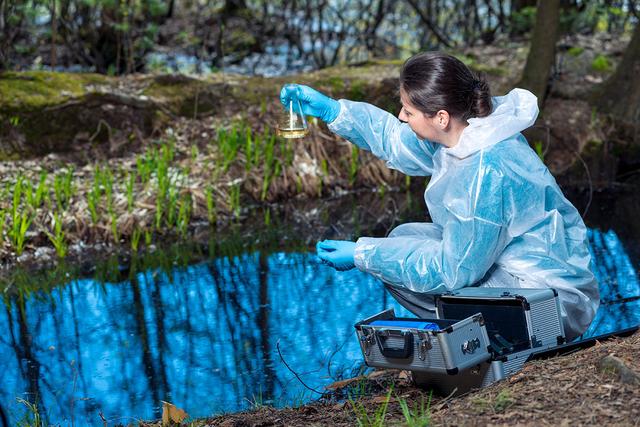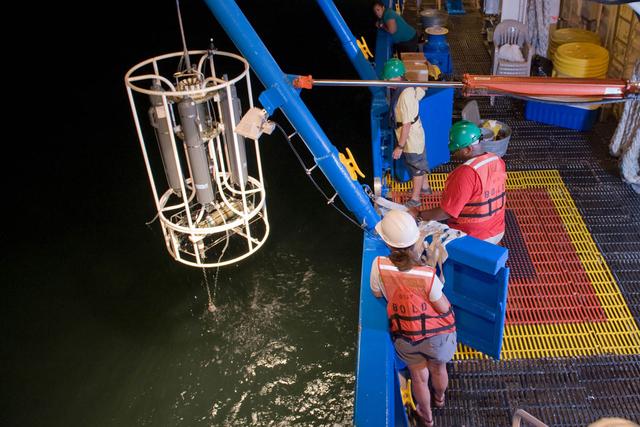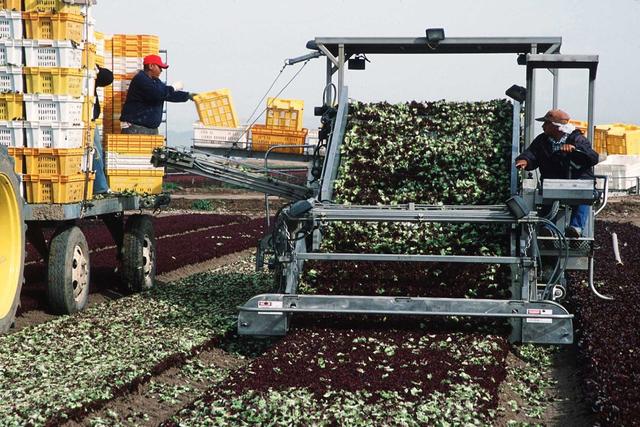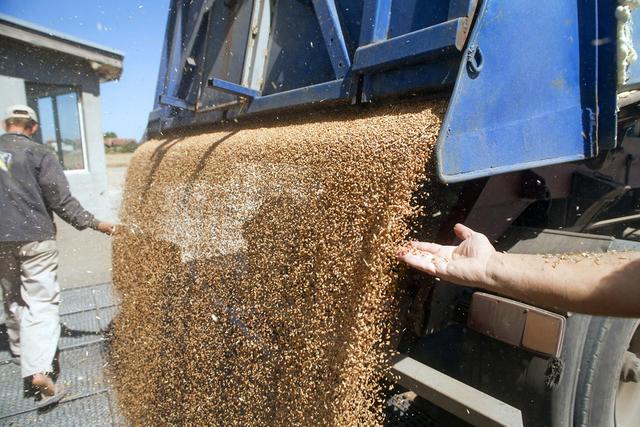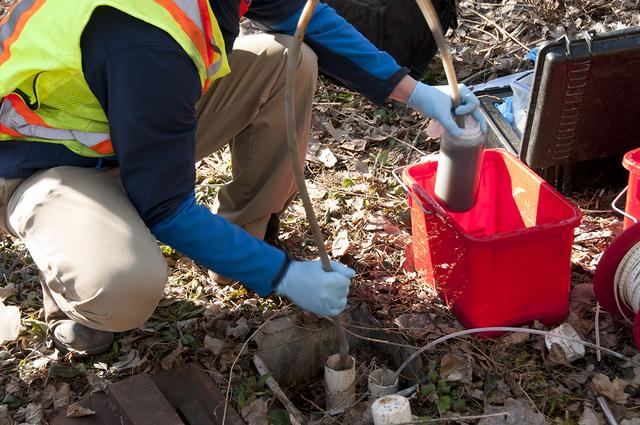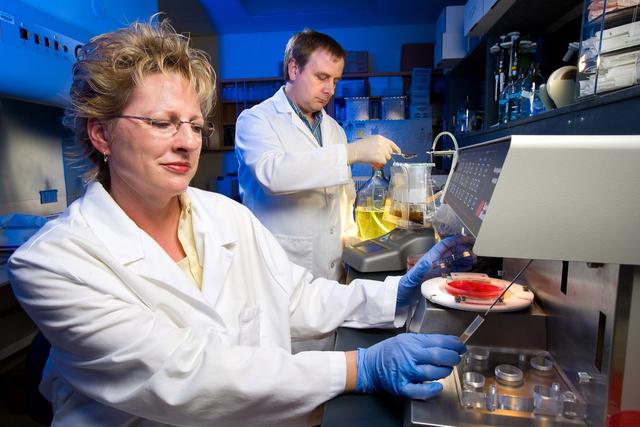Aquaculturists
Overview

Introduction
Aquaculturists, also known as fish farmers, fish culturists, or mariculturists, raise fish, shellfish, or other aquatic life (such as aquatic plants) under controlled conditions for profit and/or human consumption.
Quick Facts
Median Salary
Employment Prospects
Minimum Education Level
Experience
Skills
Personality Traits
Earnings
Earnings in aquaculture can vary greatly. Aquaculture farms employ graduate students in assistantships, as well as experienced professionals with Ph.D.s in genetics. Entry-level technicians may begin at about $11 an hour, or $23,000 per year; those with a great deal of experience and a degree may earn an average salary of about $30,013 a year, according to ZipRecruiter.com. The U.S. Department ...
Work Environment
A fish farm is not much different from a mink farm or other operation aimed at raising high volumes of animals. Those who dont like that idea should think twice about this career. On the other hand, fish farms and fish hatcheries give aquaculturists the opportunity to work outdoors, to apply scientific education in a concrete way, and to make a difference in a young and growing industry. Some f...
Outlook
According to the Organisation for Economic Co-operation and Development (OECD)s Agricultural Outlook 2023–2032, the outlook for aquaculture was a positive one. While capture fisheries once dominated the procurement of fish and seafood, this had changed significantly by the late 2010s. At that time, aquaculture was expected to surpass capture fisheries, accounting for 55 percent of tota...

